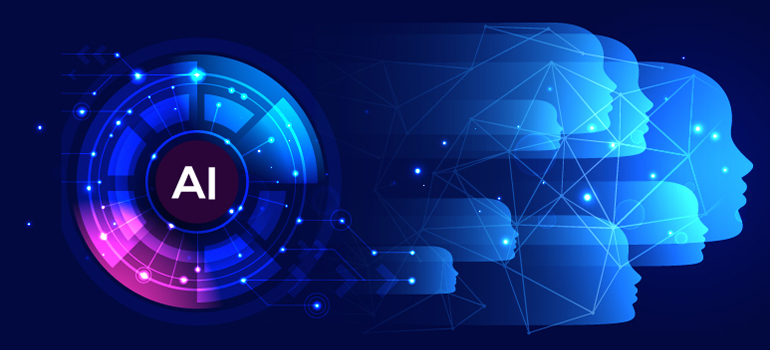
For startups, growth is essential, but scaling too quickly with full-time hires can be risky and expensive. Staff augmentation offers a flexible solution by allowing startups to expand their workforce with skilled professionals on demand. This hiring model enables startups to stay agile, reduce costs, and accelerate their success.
What is Staff Augmentation? Staff augmentation is a strategic workforce model that allows businesses to hire specialized talent temporarily without the long-term commitments of full-time employment. Whether it’s developers, DevOps engineers, or IT consultants, startups can quickly onboard professionals to meet project demands.
Why Startups Should Consider Staff Augmentation
- Cost-Effective Scaling
Hiring full-time employees comes with salaries, benefits, and operational costs. With staff augmentation, startups can access top-tier talent without the financial burden of permanent hires. - Faster Talent Acquisition
The traditional hiring process can take weeks or months. Staff augmentation allows startups to quickly onboard skilled professionals, reducing time to market for products and services. - Access to Specialized Skills
Startups often require niche expertise in cloud computing, DevOps, cybersecurity, and more. Staff augmentation provides access to highly skilled professionals without the need for long-term commitments. - Flexibility to Scale Up or Down
Market conditions and project demands can change rapidly. Staff augmentation allows startups to adjust their workforce size based on current business needs, ensuring maximum efficiency. - Focus on Core Business Goals
By outsourcing specific roles, startup founders and teams can focus on innovation, strategy, and growth, leaving technical execution to experienced professionals.
How Startups Can Leverage Staff Augmentation
- Short-Term Projects: Need extra developers for a product launch? Staff augmentation helps fill the gap quickly.
- Scaling Tech Teams: Expand your IT team without long-term hiring commitments.
- Bridging Skill Gaps: Access experts for specialized roles like DevOps, cloud computing, and cybersecurity.
- Accelerating Product Development: Speed up time-to-market by hiring professionals who can hit the ground running.
For startups looking to scale efficiently while keeping costs under control, staff augmentation is a game-changer. It provides the flexibility, expertise, and speed needed to stay ahead in a competitive market. If you’re ready to scale your startup with the right talent, at the right time, contact us today! 🚀

